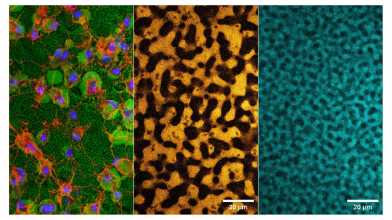D-BIOL News Channel (EN)
Wolf-Dietrich Hardt and Martin Pilhofer elected EMBO member

EMBO is an organization of leading researchers that promotes excellence in the life sciences in Europe and beyond. Today it announced the election of 60 researchers as EMBO members, two of them are group leaders in the Department of Biology at ETH Zurich. Through this lifelong honour, new EMBO Members are recognized for their outstanding achievements in the life sciences.
The Yin and Yang of replicative aging and rejuvenation

Members of the Barral lab discuss recent findings and examine the evolutionary forces influencing the mechanisms of replicative aging and rejuvenation in an opinion paper just published on “Current Opinion in Genetics & Development”.
The early bacterium catches the sugar: E. coli outcompetes Salmonella for D-galactose

A recent PLoS Pathogens publication by the Hardt group (IMB) highlights strain-specific nutrient competition between Escherichia coli 8178 and Salmonella Typhimurium for the monosaccharide D-galactose.
How lipid membranes trigger protein aggregation in Parkinson’s—and how to stop it

A new PNAS study by the Michaels group (IBC) uncovers how lipid membranes trigger toxic α-synuclein aggregation and shows how small molecules can inhibit this process.
Cell-guiding microporous hydrogels by photopolymerization-induced phase separation

An innovative method to produce cell-guiding microporous hydrogels has just been published in Nature Communications by the Qin lab at D-HEST in collaboration with the Michaels lab (within the Bringing Materials to Life Consortium).